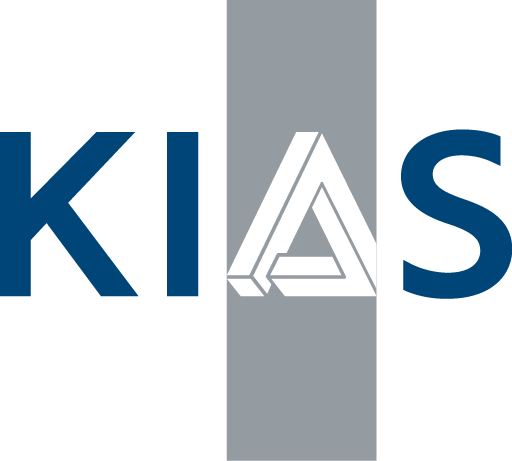ABSTRACT.
We consider the self-dual Chern-Simons-Schrödinger equation (CSS),
also known as a gauged nonlinear Schrödinger equation (NLS). CSS is $L^2$-critical, admits solitons, and has the psuedoconformal symmetry. These features are similar to the $L^2$-critical NLS. In this work, we consider pseudoconformal blow-up solutions under $m$-equivariance, $m \ge 1$. Our result is threefold.
Firstly, we construct a pseudoconformal blow-up solution u with given asymptotic profile $z^\ast$:
$$\left[u(t,r)-\frac{1}{|t|} Q\left(\frac{r}{|t|}\right)e^{-i\frac{r^2}{4|t|}}\right] e^{im\theta} \to z^\ast \quad \text{in} \ H^1$$
as $t \to 0^-$, where $Q(r)e^{im\theta}$ is a static solution. Secondly, we show that such blow-up solutions are unique in a suitable class. Lastly, yet most importantly, we exhibit an instability mechanism of $u$.
We construct a continuous family of solutions $u^{(\eta)}$, $0 \le \eta \ll 1$, such that $u^{(0)} = u$ and for $\eta > 0$, $u^{(\eta)}$ is a global scattering solution. Moreover, we exhibit a rotational instability as $η \to 0^+$:
$u^{(\eta)}$ takes an abrupt spatial rotation by the angle
$$\left(\frac{m+1}{m}\right)\pi$$
on the time interval $|t| \lesssim \eta$.
We are inspired by works in the $L^2$-critical NLS. In the seminal work of Bourgain and Wang (1997), they constructed such pseudoconformal blowup solutions. Merle, Raphaël, and Szeftel (2013) showed an instability of Bourgain-Wang solutions. Although CSS shares many features with NLS,
there are essential differences and obstacles over NLS. Firstly, the soliton profile to CSS shows a slow polynomial decay $r^{−(m+2)}$. This causes many technical issues for small $m$. Secondly, due to the nonlocal nonlinearities, there are
strong long-range interactions even between functions in far different scales. This leads to a nontrivial correction of our blow-up ansatz. Lastly, the instability mechanism of CSS is completely different from that of NLS. Here,
the phase rotation is the main source of the instability. On the other hand, the self-dual structure of CSS is our sponsor to overcome these obstacles. We exploited the self-duality in many places such as the linearization, spectral
properties, and construction of modified profiles.
In the talks, the first author will present background of the problem, main theorems, and outline of the proof, as well as a comparison with NLS results.
The second author will explain heuristics of main features, such as the longrange interaction between $Q^{\#}$ and $z$, rotational instability mechanism, and Lyapunov/virial functional method.
 Analysis, PDE & Probability Seminar
Analysis, PDE & Probability Seminar Analysis, PDE & Probability Seminar